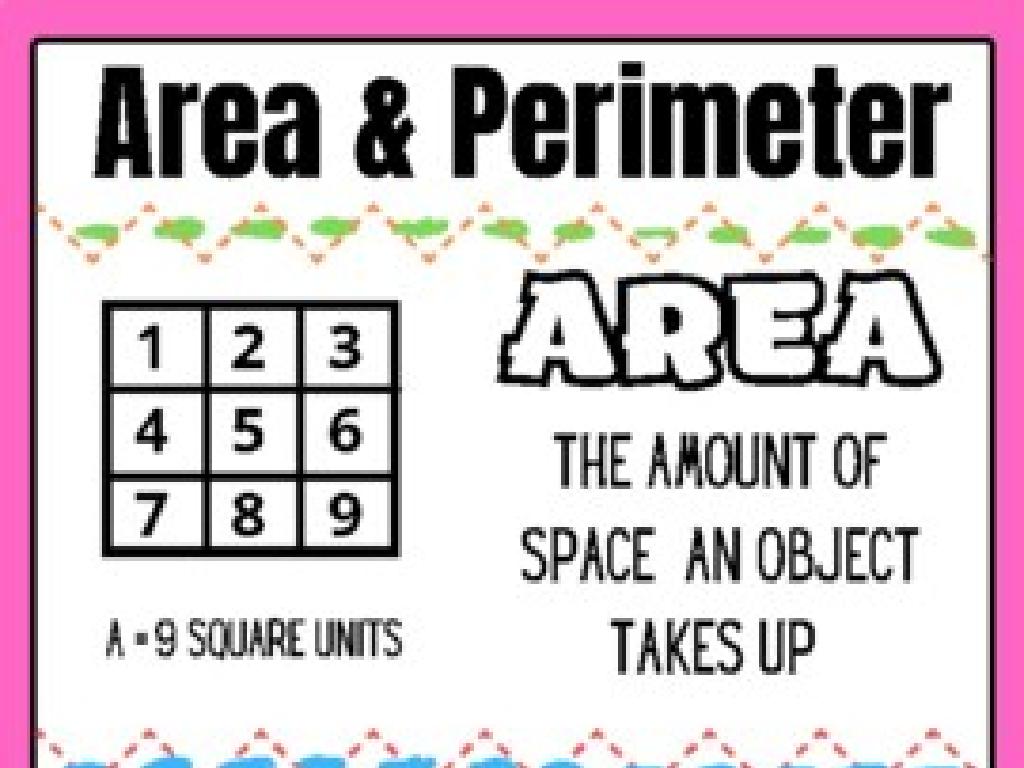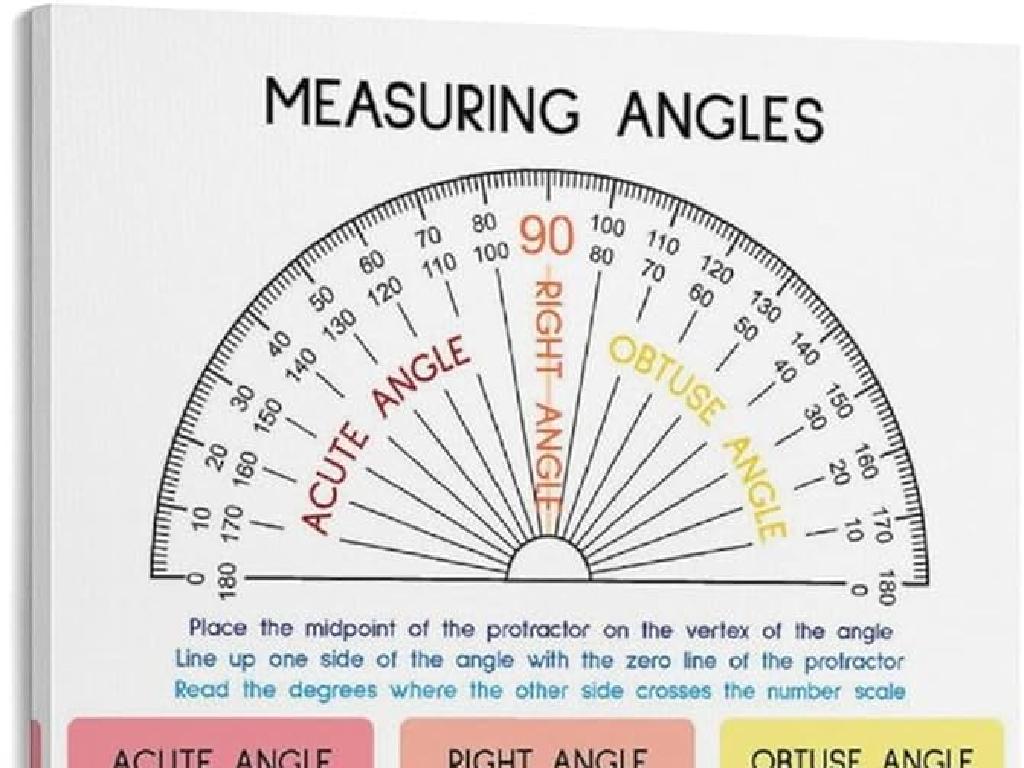Identify Linear And Nonlinear Functions: Graphs And Equations
Subject: Math
Grade: Eighth grade
Topic: Nonlinear Functions
Please LOG IN to download the presentation. Access is available to registered users only.
View More Content
Exploring Nonlinear Functions
– Differentiate functions: linear vs nonlinear
– Linear functions have a constant rate of change, unlike nonlinear
– Identifying functions from graphs and equations
– Graphs: straight lines are linear; curves indicate nonlinear. Equations: degree higher than 1 suggests nonlinearity
– Nonlinear functions in the real world
– Examples: population growth, area of circles, and amusement park rides
– Practice: Recognize nonlinear patterns
|
Begin with an overview of what functions are and the distinction between linear and nonlinear functions. Emphasize that linear functions graph to straight lines and have a constant rate of change, while nonlinear functions do not. Show how to identify nonlinear functions by looking for curves in graphs and by analyzing equations for exponents greater than 1. Discuss real-world applications of nonlinear functions, such as in biology, physics, and economics, to help students see the relevance of the concept. Conclude with practice problems where students determine whether given graphs or equations represent linear or nonlinear functions.
Understanding Functions in Math
– Define a mathematical function
– A function relates each input to exactly one output
– Explore input-output relationship
– If ‘x’ is input and ‘y’ is output, then ‘y’ is a function of ‘x’
– Examine examples of functions
– Simple functions: y = x + 2 or y = 3x
– Differentiate types of functions
– Linear functions have straight-line graphs; nonlinear functions do not
|
Begin with the definition of a function, emphasizing the unique relationship between input and output. Use everyday examples, like a vending machine, to illustrate this concept. Show simple function equations and how to plot them. Discuss the difference between linear and nonlinear functions, highlighting that linear functions graph to a straight line, whereas nonlinear functions result in curves or other shapes. This foundational knowledge sets the stage for identifying and working with linear and nonlinear functions in algebra.
Exploring Linear Functions
– Characteristics of linear functions
– Constant rate of change, no curves in the graph
– Graphs represent straight lines
– Every point on the line is a solution to the equation
– Equations in the form y = mx + b
– ‘m’ is the slope, ‘b’ is the y-intercept
|
This slide introduces students to the concept of linear functions, focusing on their characteristics, graphical representation, and standard equation form. Emphasize that linear functions have a constant rate of change, which is visually represented by a straight line on a graph. Each point on this line is a solution to the linear equation. The equation of a linear function is typically written as y = mx + b, where ‘m’ represents the slope of the line, indicating its steepness, and ‘b’ represents the y-intercept, the point where the line crosses the y-axis. Encourage students to practice plotting linear functions and identifying the slope and y-intercept from various linear equations.
Exploring Nonlinear Functions
– Defining nonlinear functions
– Functions whose graph isn’t a straight line
– Types: Quadratic, Exponential, Circular
– Parabolas, growth decay, and circles
– Nonlinear patterns in nature
– Examples: growth rings in a tree, planetary orbits
– Applications in technology
– Use in algorithms, graphics, and data models
|
This slide introduces students to the concept of nonlinear functions, which are fundamental in understanding complex patterns in both mathematics and the real world. Unlike linear functions with a constant rate of change, nonlinear functions have a variable rate of change, resulting in curved graphs. Students will learn about different types of nonlinear functions such as quadratic (parabolic shapes), exponential (growth and decay), and circular functions. Real-life examples, such as the growth rings of a tree or the orbits of planets, will help students see the relevance of these functions in nature. Additionally, discussing their applications in technology, such as computer algorithms, graphics, and data models, will demonstrate the practical uses of understanding nonlinear functions. Encourage students to think of other examples where they might encounter nonlinear functions in their daily lives.
Identifying Functions: Linear vs. Nonlinear
– Visual cues of graph types
– Linear graphs are straight; nonlinear show curves or angles
– Straight line test for linearity
– If a graph forms a straight line, it’s a linear function
– Class activity: Graph classification
– Work in groups to identify graph types from examples
– Understanding through collaboration
|
This slide introduces the concept of identifying linear and nonlinear functions by analyzing graphs. Emphasize the visual differences: linear functions will always graph as straight lines, while nonlinear functions will display curves or angles. Introduce the straight line test, where if a ruler can be placed on the graph and all points touch the ruler, it’s linear. The class activity involves students working in groups to classify a set of provided graphs as linear or nonlinear, promoting discussion and deeper understanding. For the teacher: Prepare diverse graph examples beforehand, ensure groups are balanced in skill level, and consider having a gallery walk after the activity for students to see each other’s work.
Identifying Functions: Linear vs Nonlinear
– Linear equations: constant change
– A linear equation increases or decreases by the same amount, e.g., y = 2x + 1
– Nonlinear equations: variable change
– Nonlinear equations don’t have a constant rate, e.g., y = x^2 shows growth
– Practice identifying linearity
– Understand rate of change
– Rate of change is how much a quantity changes, on average, relative to another
|
This slide introduces students to the concept of identifying linear and nonlinear functions through equations. Linear equations have a constant rate of change, which means the graph is a straight line. Nonlinear equations have a variable rate of change, resulting in curves on the graph. Provide practice problems where students determine if an equation represents a linear or nonlinear function by analyzing the rate of change. Emphasize the importance of understanding how the rate of change affects the shape of the graph and the behavior of the function. Encourage students to look for patterns in equations to quickly identify linearity.
Real-World Nonlinear Functions
– Economics: Market trends
– Prices and demand often form parabolic curves
– Physics: Object trajectories
– Projectiles follow curved paths due to gravity
– Biology: Species populations
– Ecosystems grow or shrink in complex patterns
– Understanding nonlinear graphs
|
This slide aims to show students how nonlinear functions appear in various real-world scenarios. In economics, supply and demand curves often create parabolic shapes, illustrating that the relationship between price and demand is not a straight line. Physics provides examples of nonlinear functions through the motion of objects; for instance, a ball thrown into the air follows a curved path due to gravity. Biology offers insights into nonlinear functions with population growth, which can fluctuate based on numerous factors and does not follow a straight line. Understanding the graphs of these functions helps students grasp the complexity and dynamic nature of these relationships. Encourage students to think of other examples where outcomes do not follow a direct, linear path.
Class Activity: Graphing Stories
– Create a story and graph it
– Determine if it’s linear or nonlinear
– Does the graph show a constant rate of change?
– Share your story and graph
– Discuss findings with the class
– Compare different stories and their function types
|
This activity is designed to help students apply their knowledge of linear and nonlinear functions in a creative and engaging way. Students will first create a story that can be represented on a graph. They will then graph their story on a coordinate plane and analyze whether the graph shows a linear or nonlinear function based on the rate of change. Students should be prepared to share their story and graph with the class and participate in a discussion comparing the different stories and their corresponding function types. For the teacher: Prepare to guide students on how to create a story that can be graphed, provide examples of linear vs. nonlinear functions, and facilitate the class discussion ensuring that each student understands the key concepts.
Wrapping Up: Linear vs Nonlinear Functions
– Recap: Linear vs Nonlinear
– Linear functions have a constant rate of change, unlike nonlinear.
– Homework: Nonlinear in life
– Find real-life examples of nonlinear functions for homework.
– Next Class: Solve Nonlinear Eq.
– We’ll tackle solving nonlinear equations in our upcoming class.
– Review today’s lessons
|
As we conclude today’s lesson, ensure students understand the difference between linear functions, which graph as straight lines, and nonlinear functions, which do not. For homework, students should look for and bring examples of nonlinear functions they observe in their daily lives, such as the growth of a plant or the speed of a car. This will help them relate mathematical concepts to the real world. Next class, we will focus on solving nonlinear equations, so students should review their notes and come prepared with questions. Encourage them to revisit today’s material to solidify their understanding.





